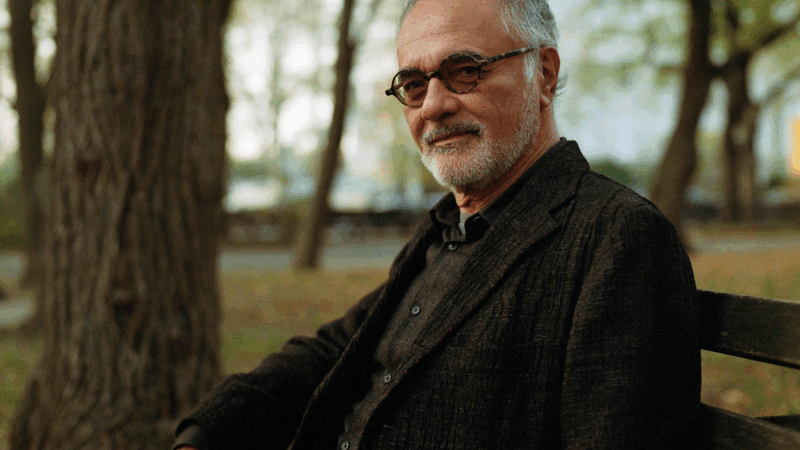$21 Million Study Will Research Health Disparities in the Rural South
People who live in rural parts of the South are 51% more likely to die from heart disease than people who live in metropolitan areas outside the south, according to Suzanne Judd, a professor in the School of Public Health at the University of Alabama at Birmingham (UAB).
“We know there’s a huge rural-urban health disparity in terms of life expectancy and cardiovascular disease burden,” Judd says.
A new study funded by the National Institutes of Health will try to figure out what causes this disparity. The Risk Underlying Rural Areas Longitudinal (RURAL) Cohort Study includes researchers from 16 institutions across the country. UAB is one of the lead partners and will serve as the recruitment and retention center.
The RURAL project will study around 4,000 people who live in the rural South. Researchers are going to build a clinic on wheels that will house a full-sized CT scanner and travel to 10 counties across Alabama, Mississippi, Kentucky and Louisiana. Participants who enroll in the study will get a comprehensive health screening and genetic testing. They will also be interviewed about their environment and lifestyle choices.
Judd says the study also includes funding to hire community health workers to recruit participants and connect them with local resources.
“The goal is to actually have some infrastructure in the county,” Judd says, “so that we’re not just walking in and walking out, that we’re leaving behind some infrastructure related to health.”
The RURAL study is funded with $21.4 million from the NIH to last six years. In Alabama, research is likely to take place in Wilcox and Dallas counties.
New report finds the Arctic continues to warm faster than the planet as a whole
This year's Arctic Report Card from the National Oceanic and Atmospheric Administration finds that the northernmost part of the Earth is warming faster than the global average, leading to melting glaciers, shifting fish populations, and rivers running orange.
Search for body of last hostage held by Hamas in Gaza is delayed due to bad weather
A storm has battered the Gaza Strip, creating misery for displaced Palestinians and delaying the search for the body of the last Israeli hostage held by militants there.
Ditching music algorithms? Here are 12 streaming alternatives to explore
If you're looking to shake things up in the new year, these streaming platforms will help you diversify your music-listening habits.
The U.S. added just 64,000 jobs in November — a sign the labor market is slowing
Hiring cooled this fall, according to delayed figures released by the Labor Department Tuesday. Employers added 64,000 jobs in November as the unemployment rate rose to 4.6%.
The Warner Bros. Curse
Warner Bros. has a history of disastrous mergers and acquisitions. Can they avoid another bad sequel as Netflix and Paramount battle to buy it?
Mahmood Mamdani on how Uganda’s history shaped his belonging — and his son’s moment
NPR's Leila Fadel speaks with Professor Mahmood Mamdani about his new book, "Slow Poison." The book is a firsthand report on the tragic unraveling of Uganda's struggle for independence.







